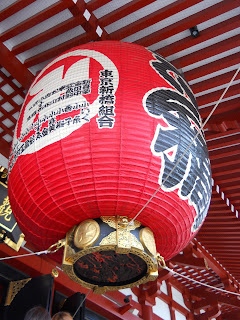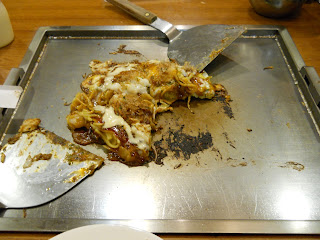Last week I attended an evolutionary biology conference in Kyoto. The conference featured a wide variety of talks including:
-why our genes are encoded by DNA and not RNA
-how genes die
-the origin of mitochondria
-the stinkbug microbiome
-photosynthetic slugs
-the origin of eukaryotes
-the effect of diet and host on the primate microbiome
-horse domestication
-ancient bacterial DNA from teeth
-the effect of host living temperature on the genome
-how centromeres are lost
-the environment of the ancestor of all present life
Before and after the conference, I traveled around two of Japan's previous capitals, Nara and Kyoto. Nara was the capital of Japan from 710 to 784. A deer is said to have led a god to find and establish Nara as the capital and so deer are protected animals found all over Nara Park.
 |
| Nara Park |
Along Nara Park, the largest wooden building in the world with the world's largest bronze statue of Buddha are found.
 |
| Todai-ji |
|
 |
| Daibutsu |
Kyoto was the capital from 1180-1868. Kyoto is a city rich in culture, art, and food. Many of its temples and shrines are world relics and frequently appear in film.
 |
| Mt. Daimonji |
This character, dai, is one of five sites set afire on August 15th to honor the spirit world.
 |
| Fushimi Inari Shrine |
Fushimi Inari Shrine is the central shrine to the god Inari in Japan. This shrine grounds are covered in some thousand red torii gates. I spent 2 hours walking through torii gates!
 |
| Kiyomizu-dera |
Kiyomizu-dera is the temple of "clear water" situated above the trees, overlooking the city. It is said that if one jumps and survives the 13 meter fall from Kiyomizu-dera, their wish will be granted.
I didn't jump... but I did have my wish granted of experiencing Kyoto kaiseki.
 |
| Kikunoi kaiseki first course |
Kaiseki is traditional Japanese court cuisine similar to the western tasting menu. The meal runs about 8 to 14 courses with each course featuring seasonal and exquisite foods presented in elegance and modesty. A kaiseki experience leaves you filling reborn and heavenly.









































